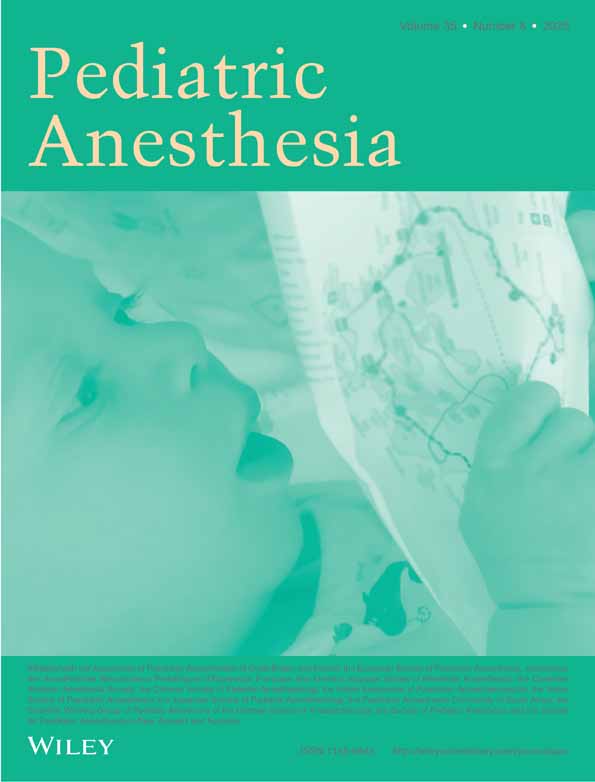Prediction of difficult airway in school-aged patients with microtia
Abstract
Background: Because the ear and mandible develop from the first and second branchial arches and first branchial cleft, abnormalities of the ear may be a sign that intubation will be difficult. We hypothesized that children with microtia would have a greater incidence of difficult laryngeal visualization with conventional rigid laryngoscopy compared to those with normal facial anatomy.
Methods: We enrolled 93 consecutive school-aged patients with microtia undergoing the first stage of total reconstruction of the auricle. Age-matched patients with normal facial anatomy served as controls. Each patient was examined for the presence or absence of the five dysmorphic features of hemifacial microsomia: orbital asymmetry, mandibular hypoplasia, ear deformity, nerve involvement, soft tissue deficiency (OMENS classification). After a standardized induction of anaesthesia, the laryngeal view during rigid laryngoscopy was graded.
Results: The incidence of difficult laryngeal view was 42% in the patients with bilateral microtia, 2% in those with unilateral microtia and 0% in the controls.
Conclusions: There was a strong positive correlation between the number of involved abnormal anatomical components according to the OMENS classification and the degree of difficult visualization of the larynx in patients with both bilateral and unilateral microtia (Spearman rank order correlation coefficient=0.85 and 0.88, respectively).




